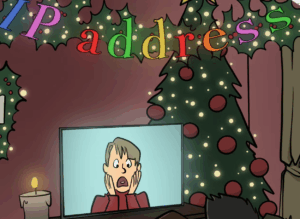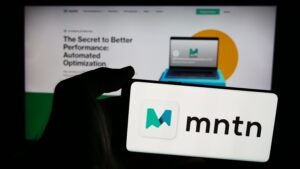 Here’s today’s AdExchanger.com news round-up… Want it by email? Sign-up here.
Here’s today’s AdExchanger.com news round-up… Want it by email? Sign-up here.
Inching Forward
Addressable TV ad spend will double to $890 million in the US this year, accounting for 1.3% of total TV advertising, according to an eMarketer report. That’s nearly 120% growth since 2015, when addressable spend also doubled. The household-targeted buying method is expected to continue at its torrid pace, growing to $2 billion and 3% of overall TV dollars in 2018. There are roughly 50 million addressable households in the US this year, according to May data from Starcom Mediavest. But that’s only half of eMarketer’s estimated 100 million household pay-TV subscriptions.
Handshake’s Death Grip
Are you a publisher worried about a potential Facebook algorithm shift or a change in revenue share from Instant Articles? Well, real as those concerns are, they may pale in comparison to some less publicized pressures on media companies, writes Joe Lazaukas of Contently. For one thing, Facebook is now mandating that publishers tag the brand when they post sponsored content – which is sound, defensible user policy, but “could break the illusion that marketers are buying access to a publisher’s sacred audience. Instead, they’re just getting Facebook users.” Facebook also just developed Handshake, a tool to help companies put spend behind stories on the platform without paying publishers for six-figure native packages. More.
Strange Embedfellows
BBC producers realized earlier this month that links that led from Facebook video clips back to the BBC site weren’t embedding. Twelve days later, they discovered Facebook had disabled the feature, opting instead for a strategy that keeps users within Facebook. Pubs can still link to their site in the text of a post, but that doesn’t show up for mobile viewers, who see only a fullscreen video and the caption. That means Facebook autoplays its own queue instead of losing the user. “Publishers are in a position where they have to evaluate in each case whether the trade-offs make sense or not,” says Joshua Benton, director of Harvard’s Nieman Journalism Lab. More.
Fresh Pressed
Facebook squeezes a lot of juice out of publishers, but it has plenty to divvy up itself when the need arises. Reporters from the Wall Street Journal got a hold of a list of 140 brands and individuals receiving more than $50 million in payments to participate in Facebook Live. Leading the pack are BuzzFeed and the New York Times, both receiving slightly more than $3 million, but it’s a diverse list. Facebook sweetens the pot further by notifying the media company’s account followers whenever it’s doing a live stream. Drink up. More.
But Wait, There’s More!
- The Next Gold Rush: Mobile Advertising – Business Insider
- Neustar Partners With Simulmedia For TV Activation, Measurement – release
- Creatives And Programmatic Players Are Getting On The Same Page – Adweek
- Mondelez Renews Its Partnership With Facebook – release
- Ad Tech Who’s-Who Funds Seed Round For Parsec, Time-Based Buying – release
- Twilio IPO Tests Market’s Appetite For Tech Unicorns – WSJ
- Pyze Adds User Loyalty And Attrition Management Features – release
- Slack’s New API Could Challenge Facebook – The Atlantic
- Chalk Digital, Gravy Combine Local Ad Spend And Location Data – release
- Pinterest Acqui-Hires Team From The Mobile Commerce App Tote – VentureBeat
- C1Exchange And MediaMath Announce Supply Integration – release
- PebblePost Launches Ad Server Connecting Digital With Direct Mail – release
- Purch Buys Business.com – release












